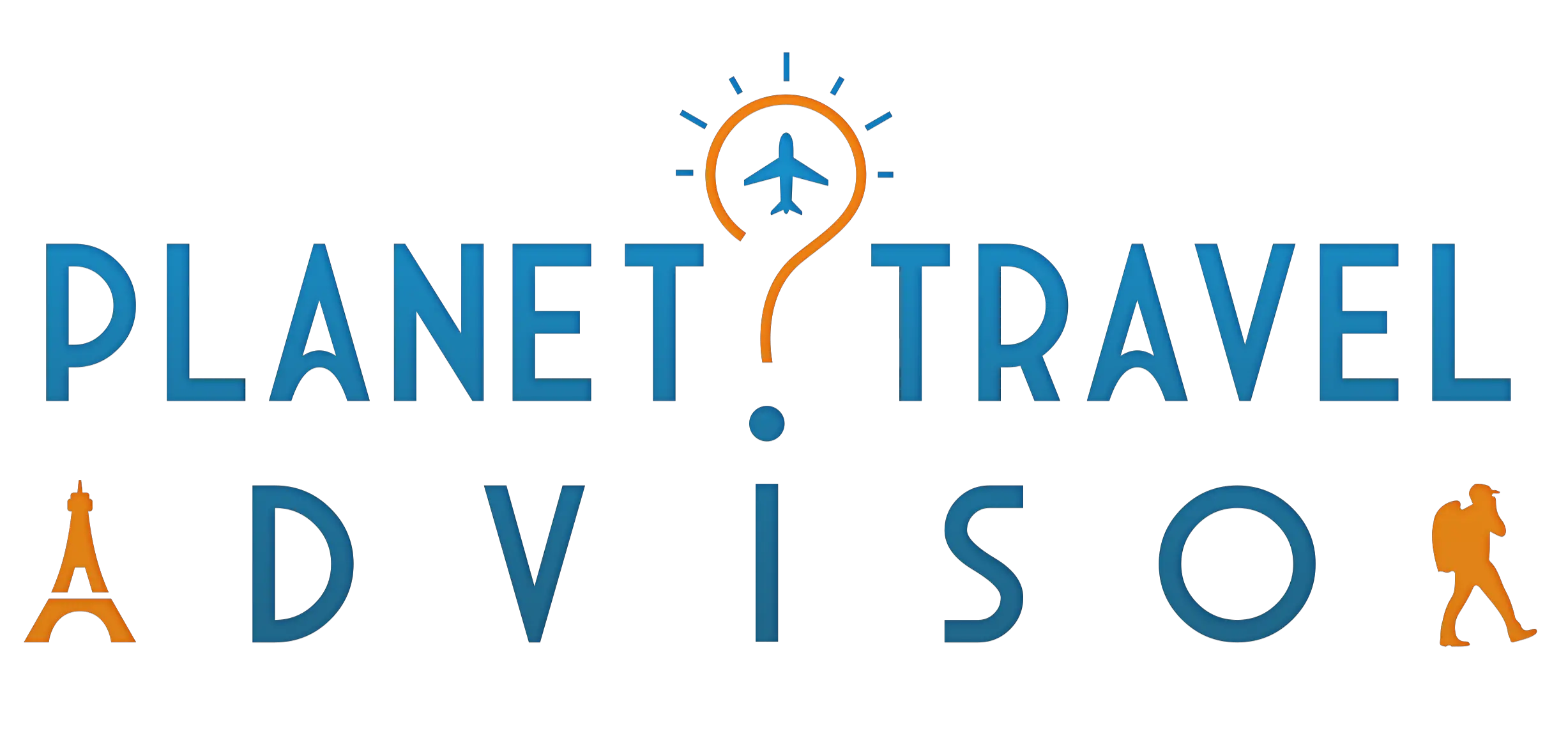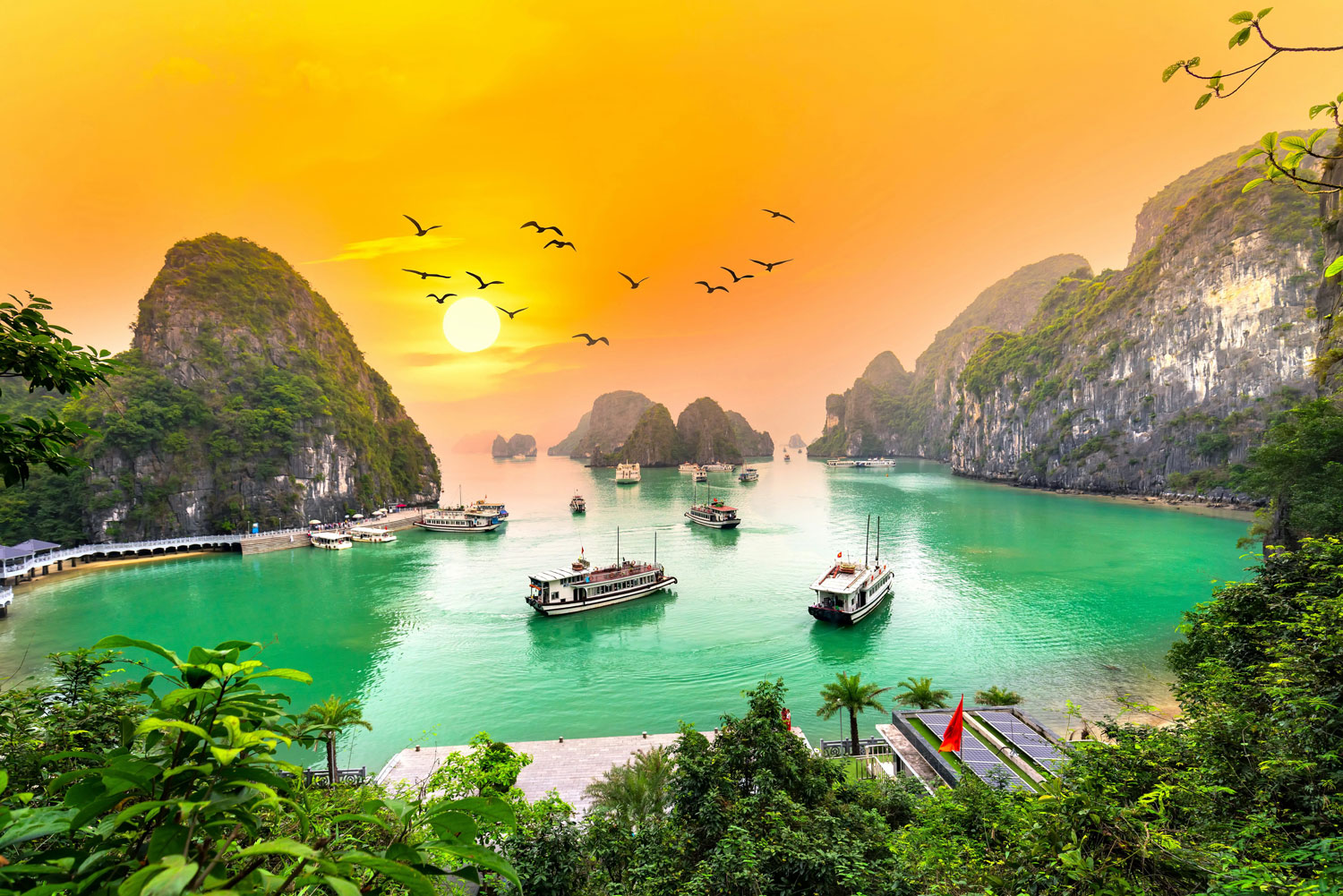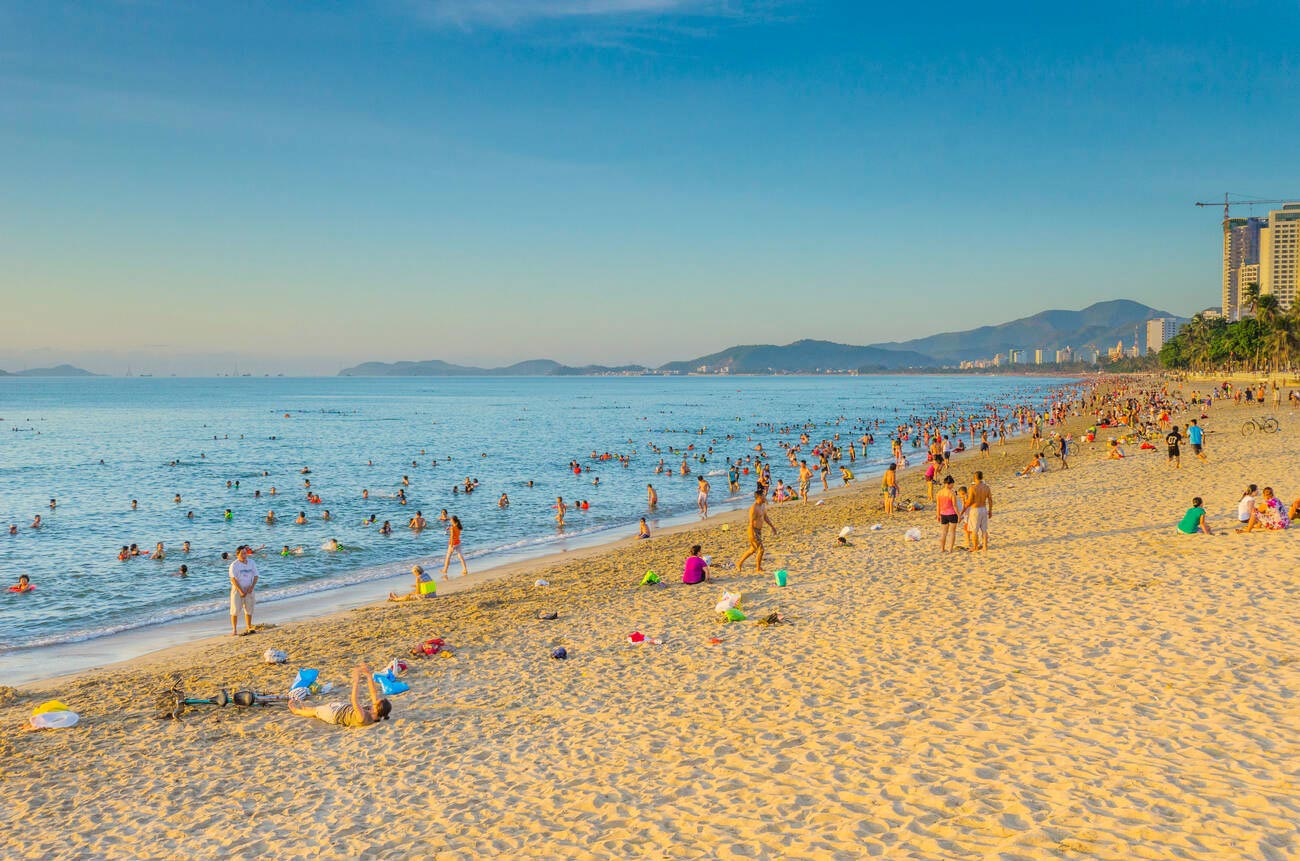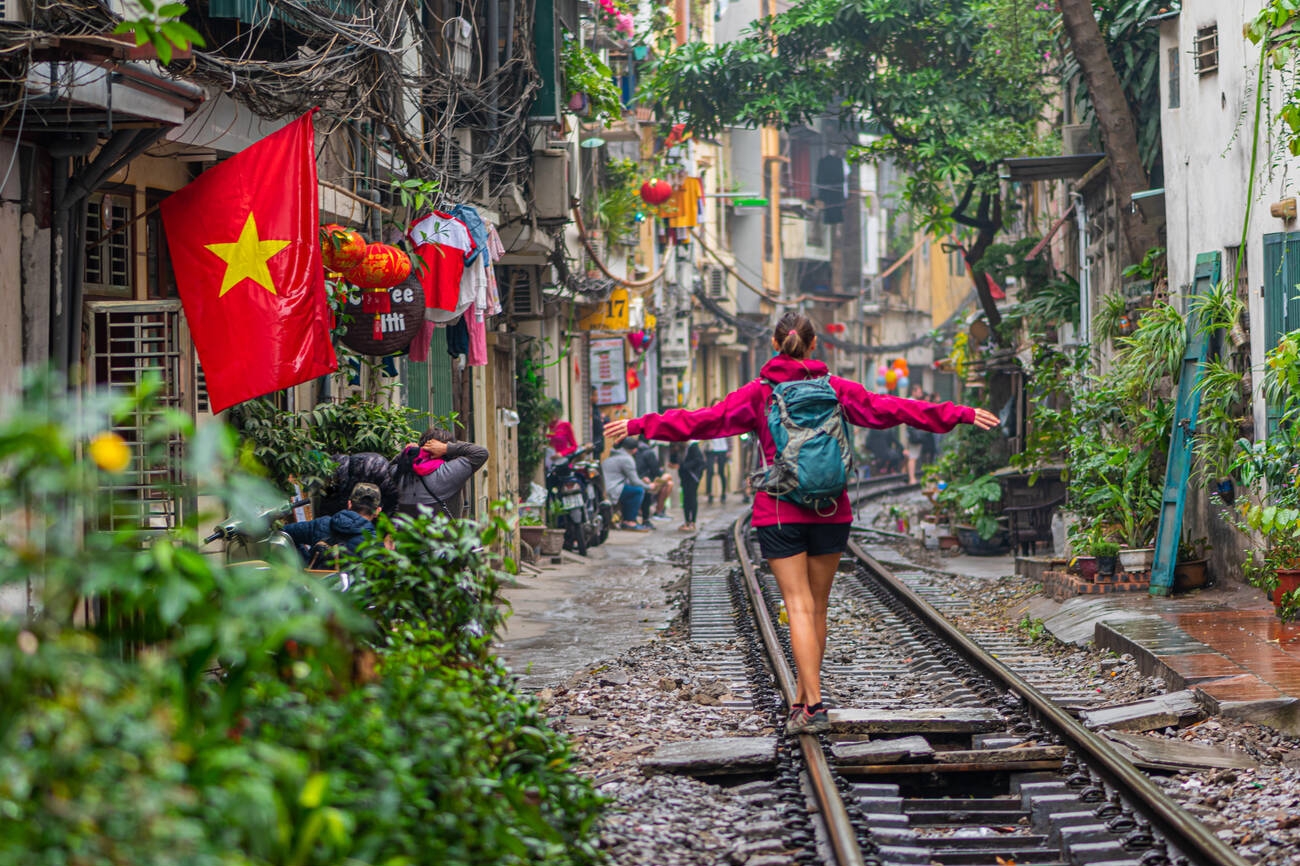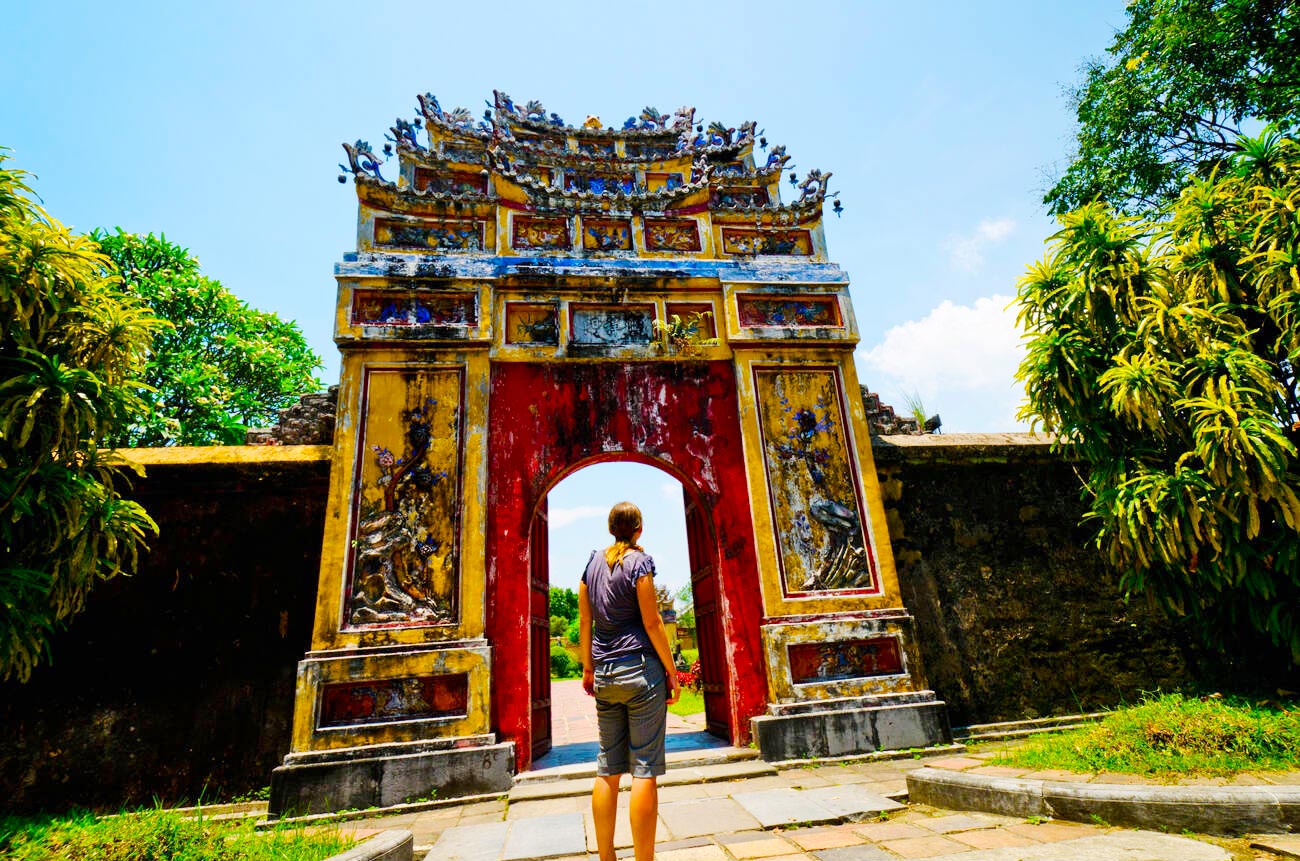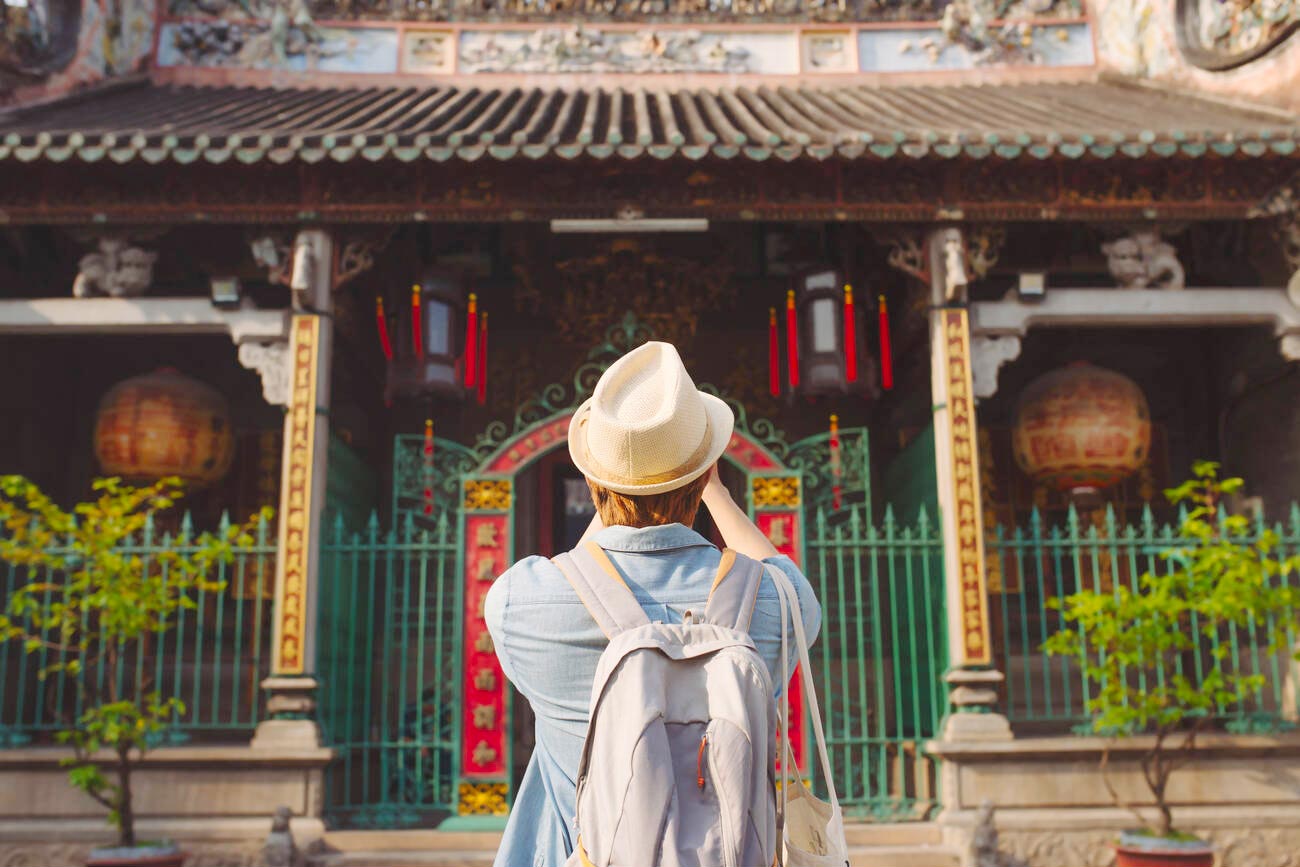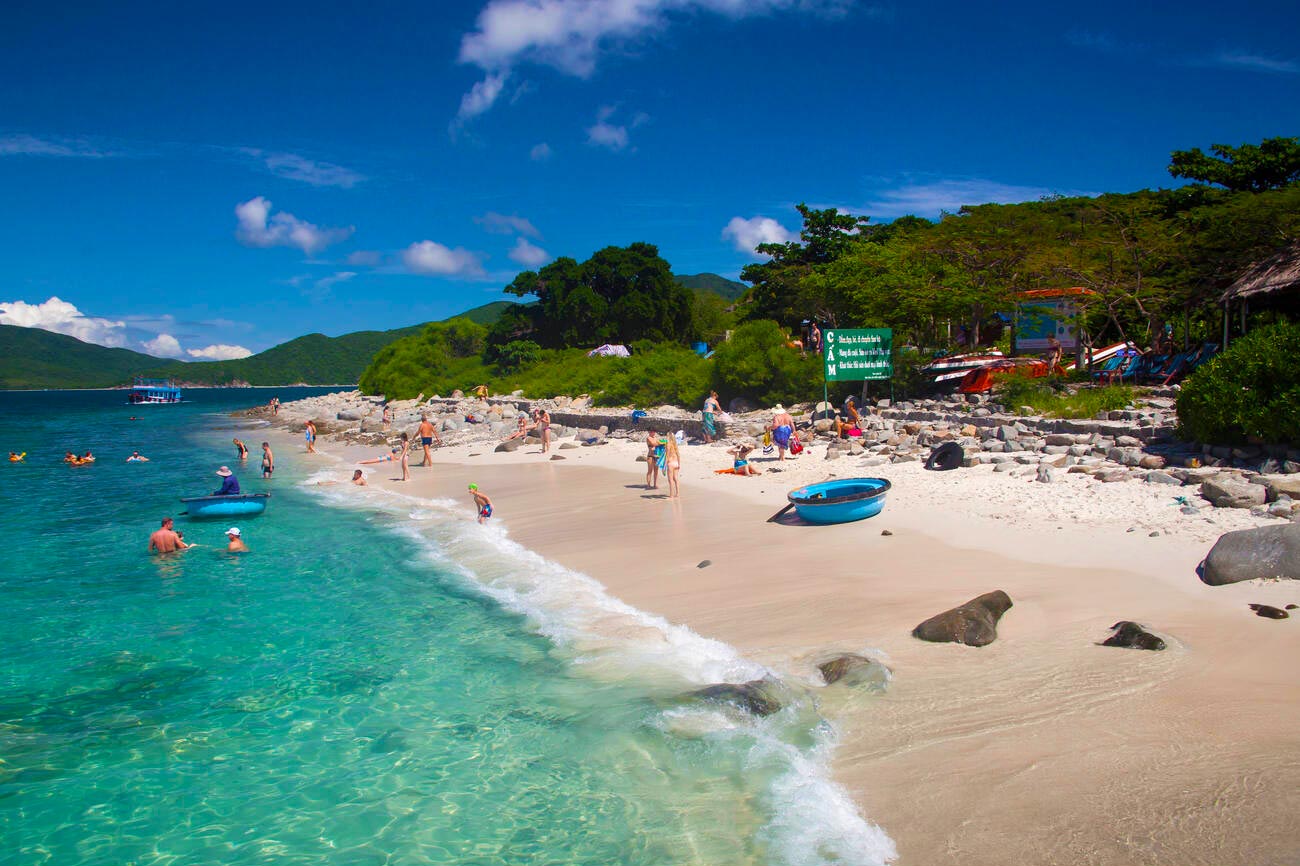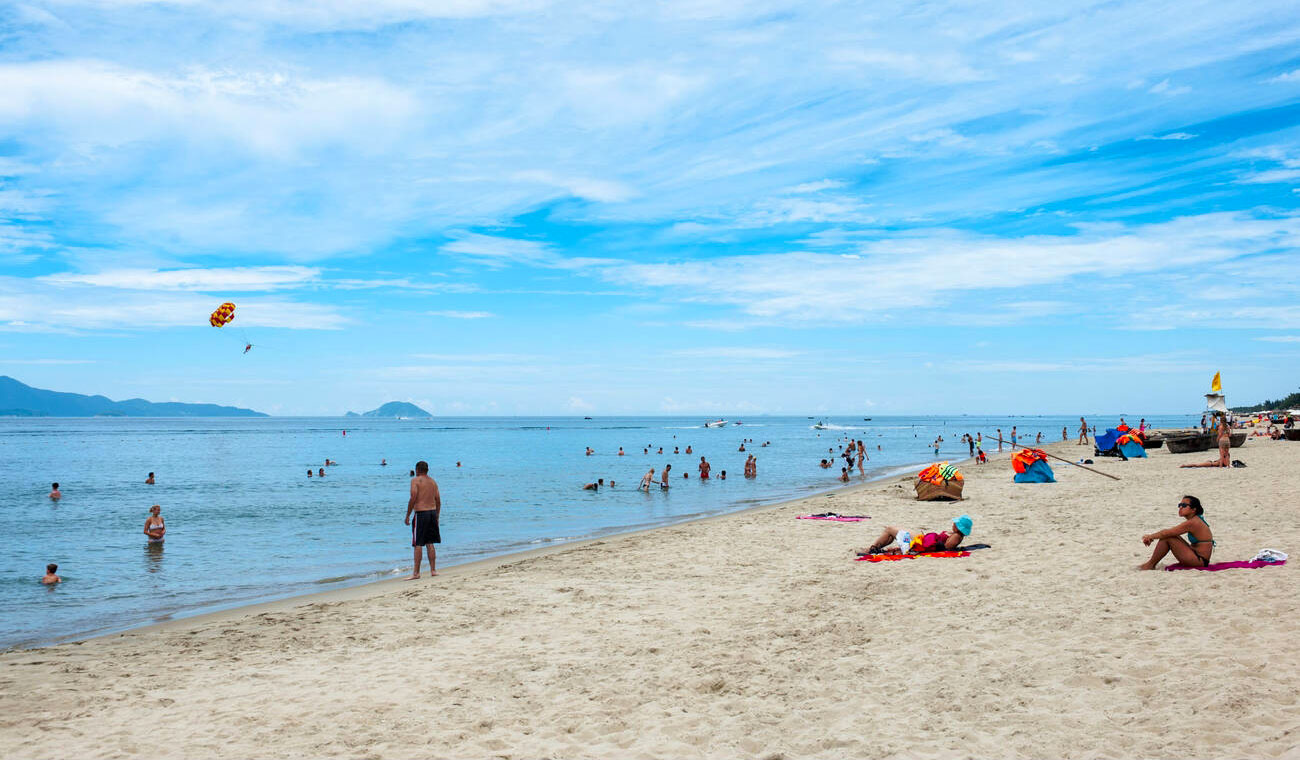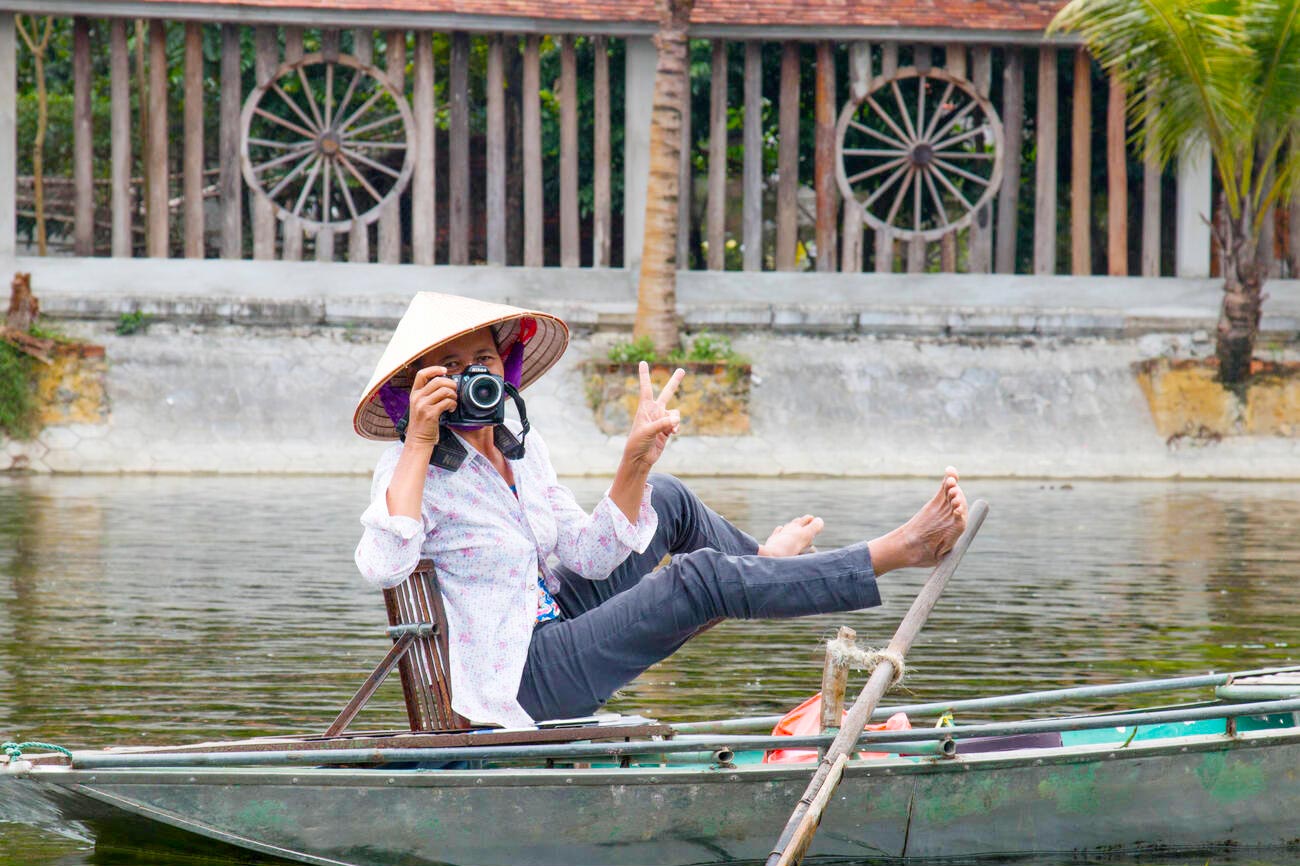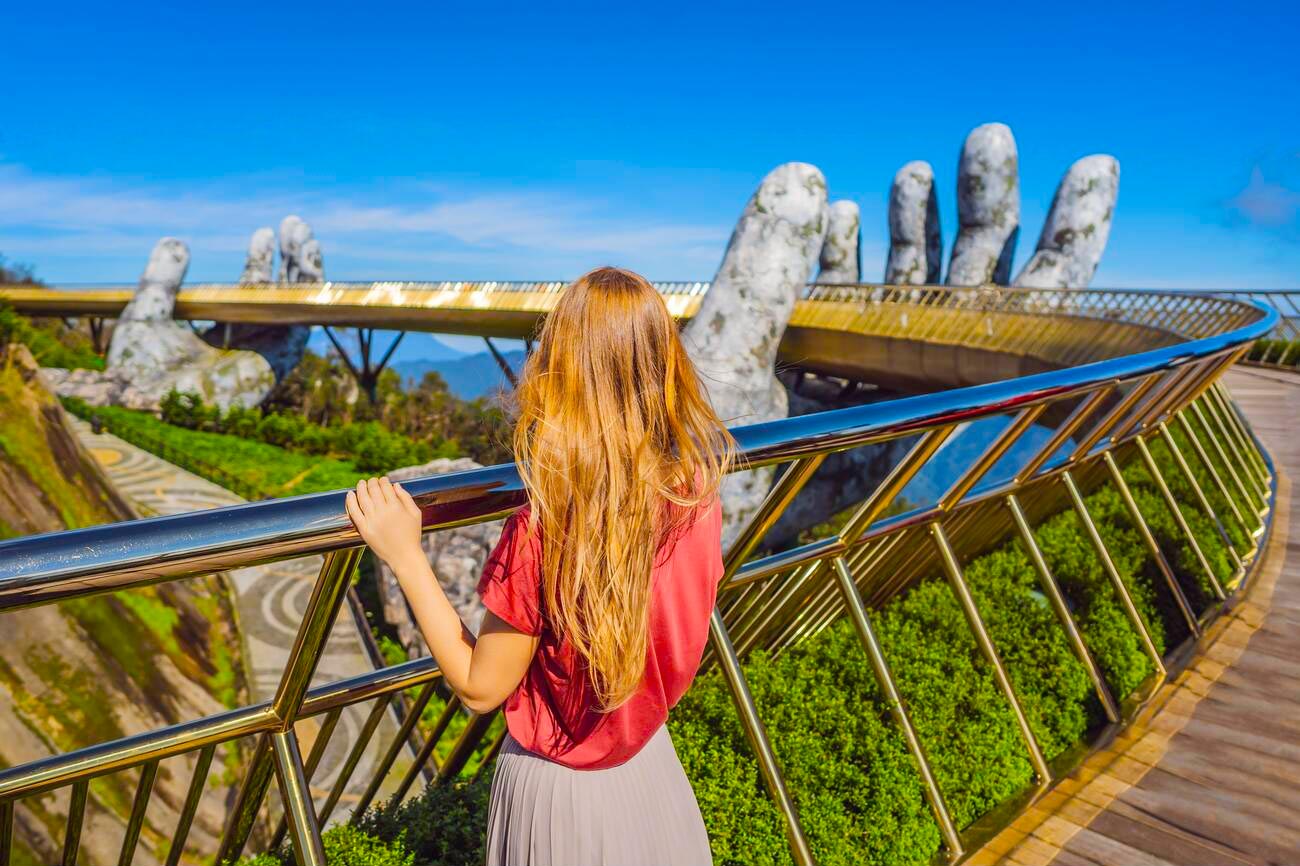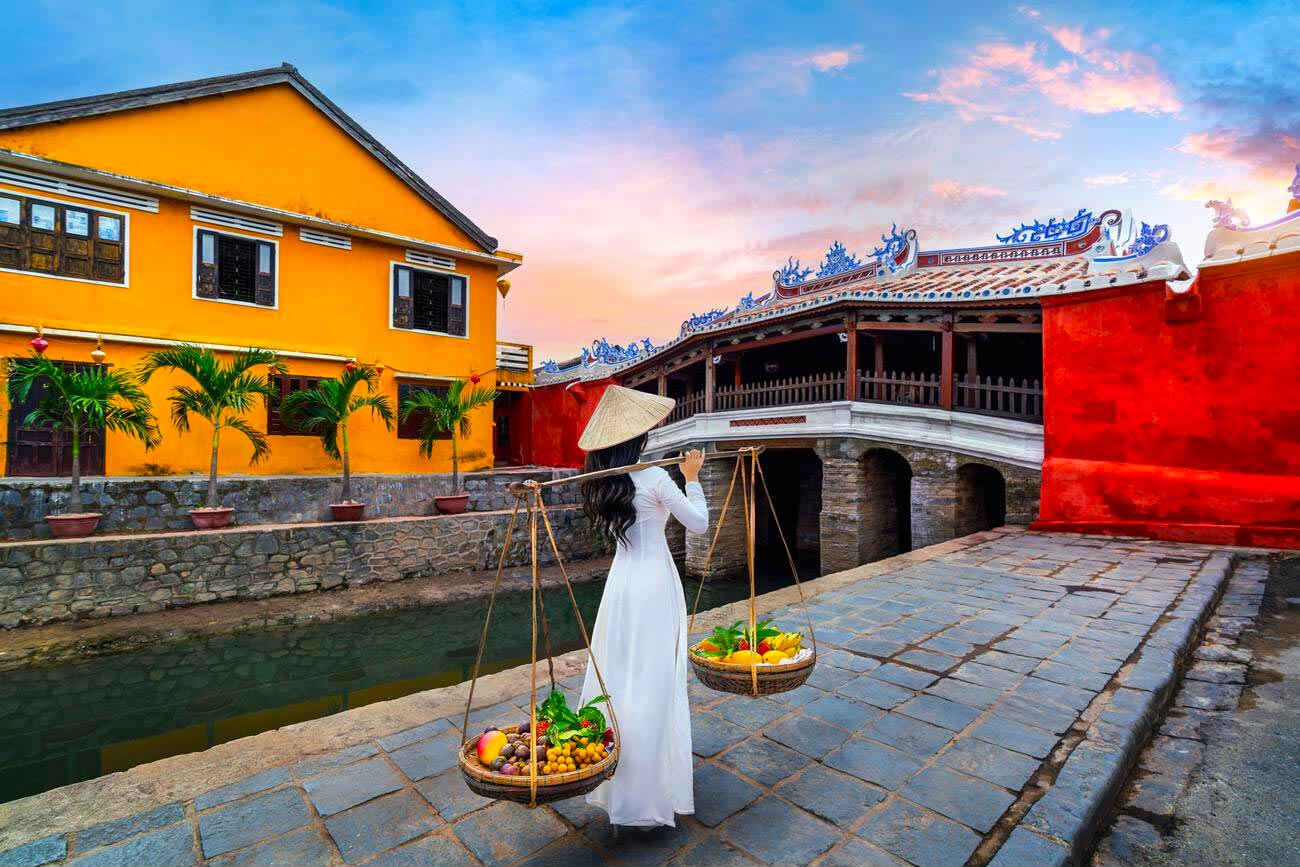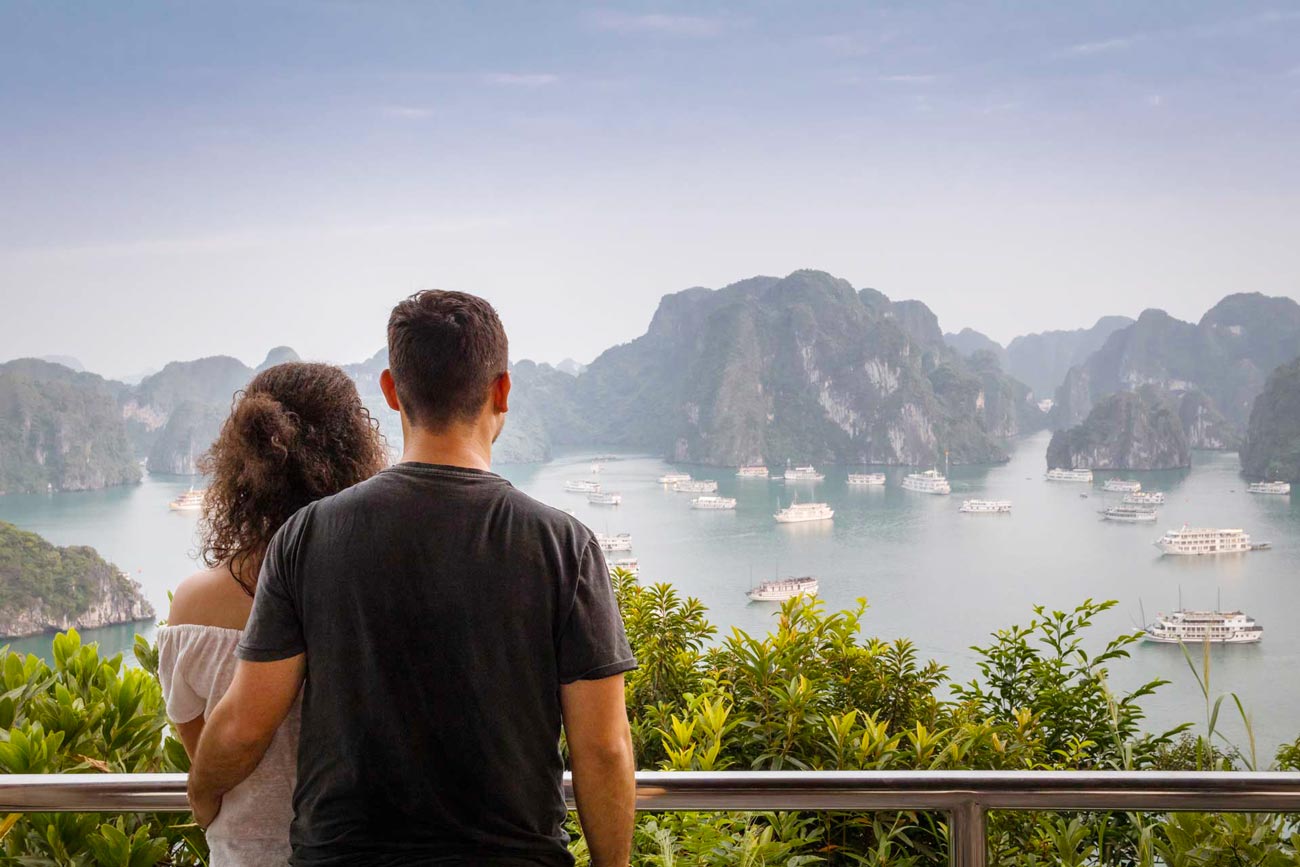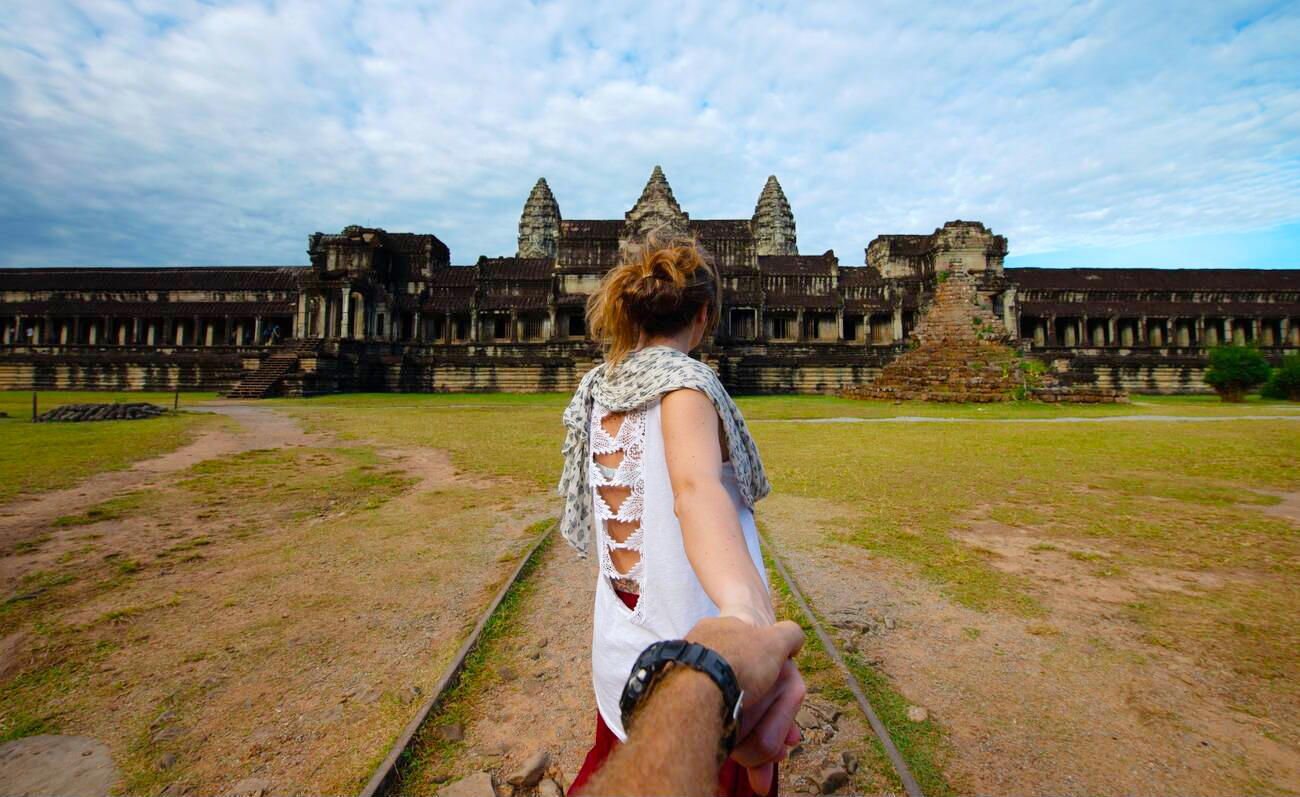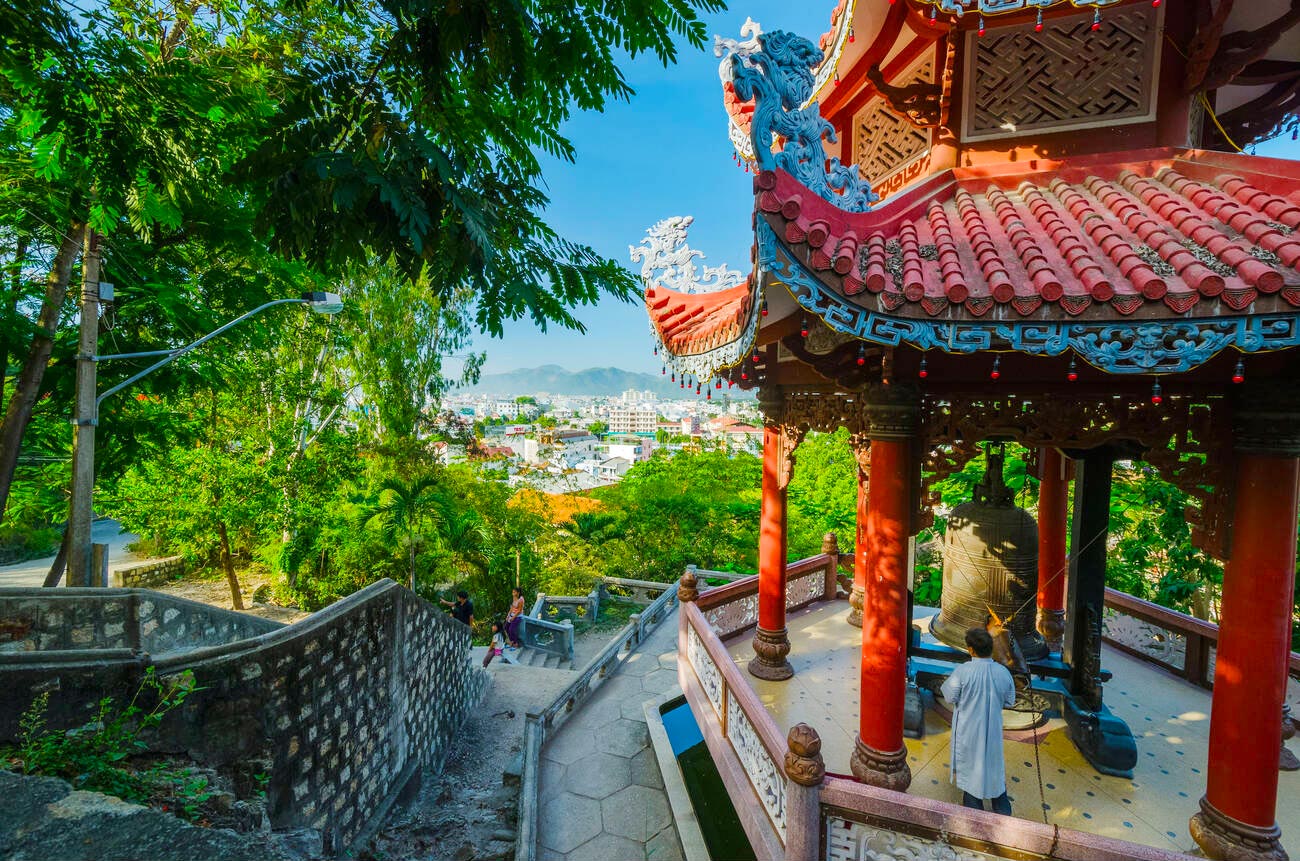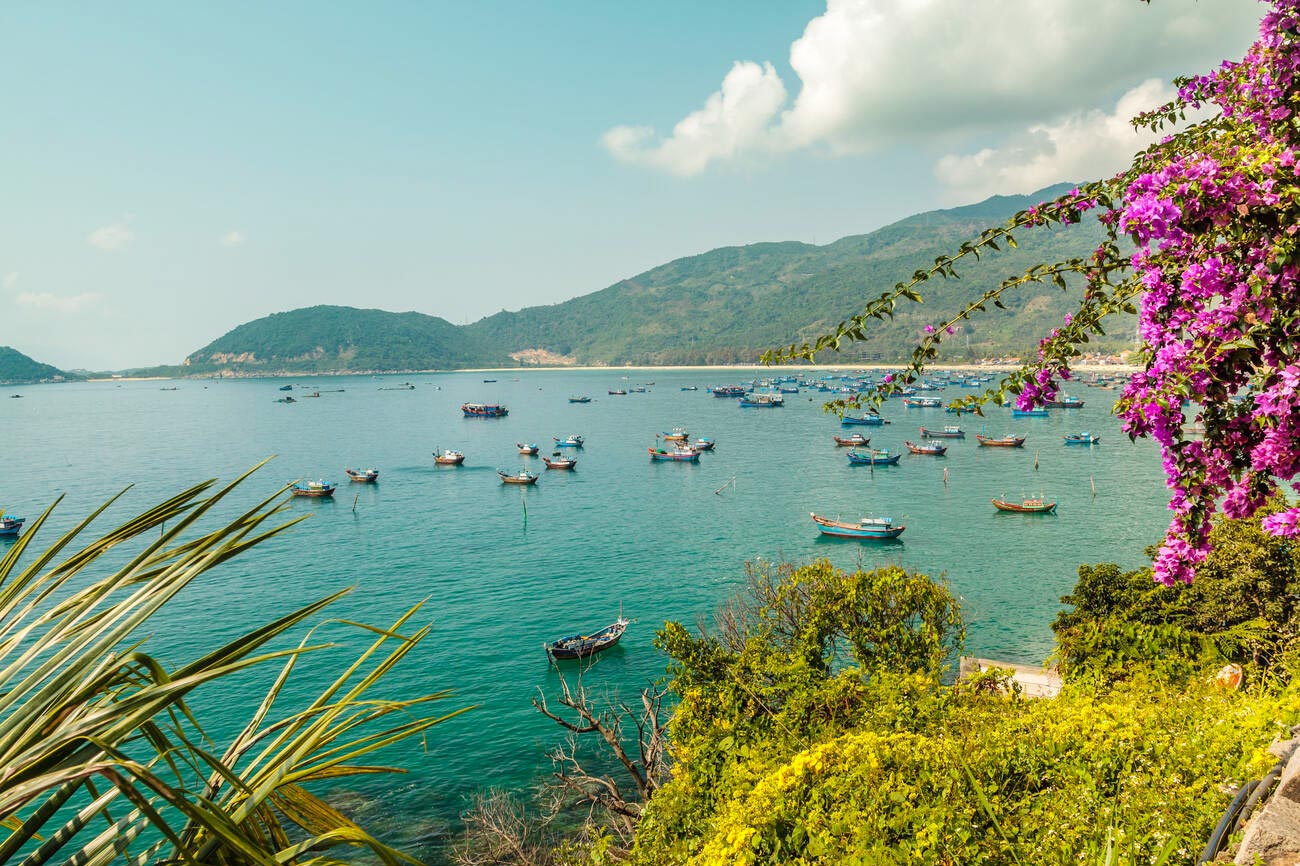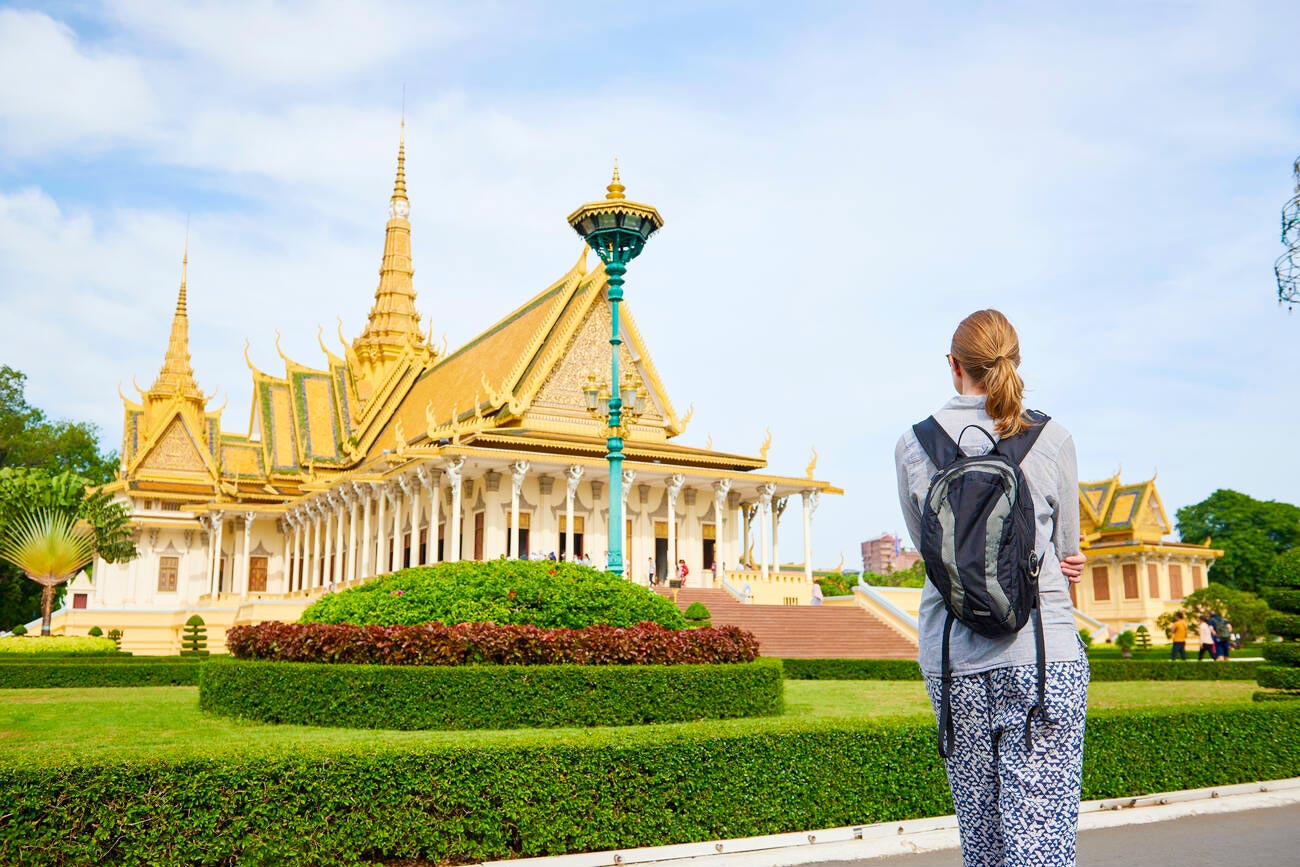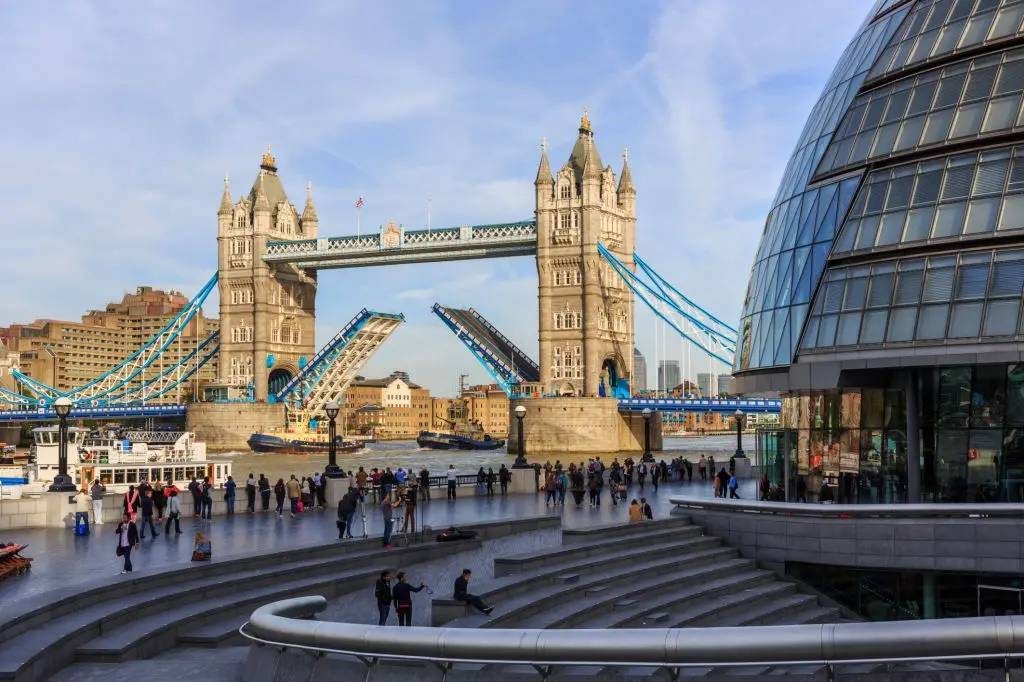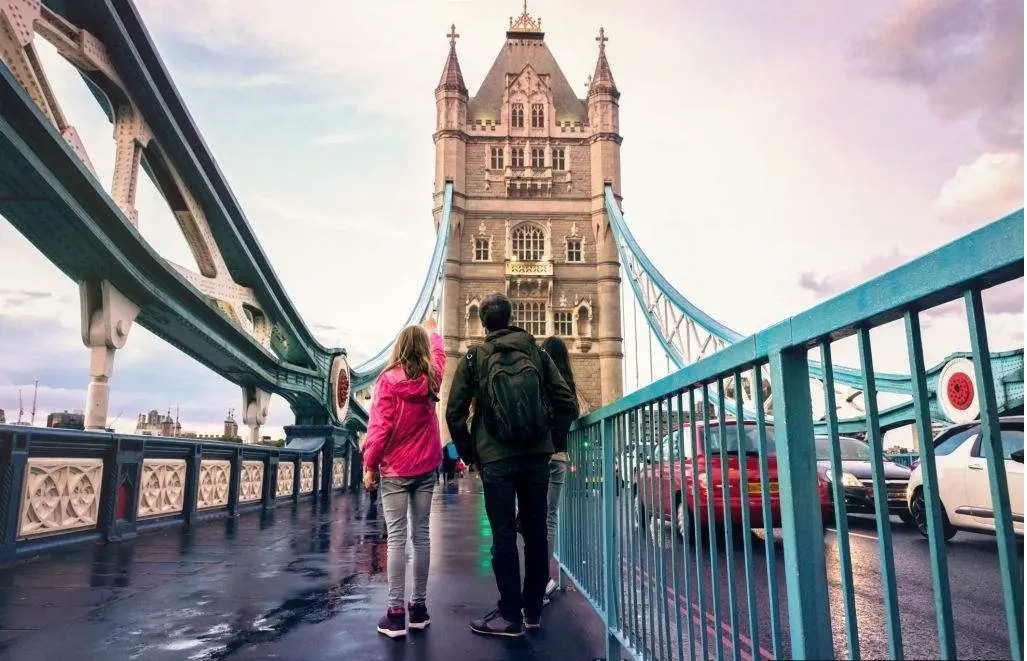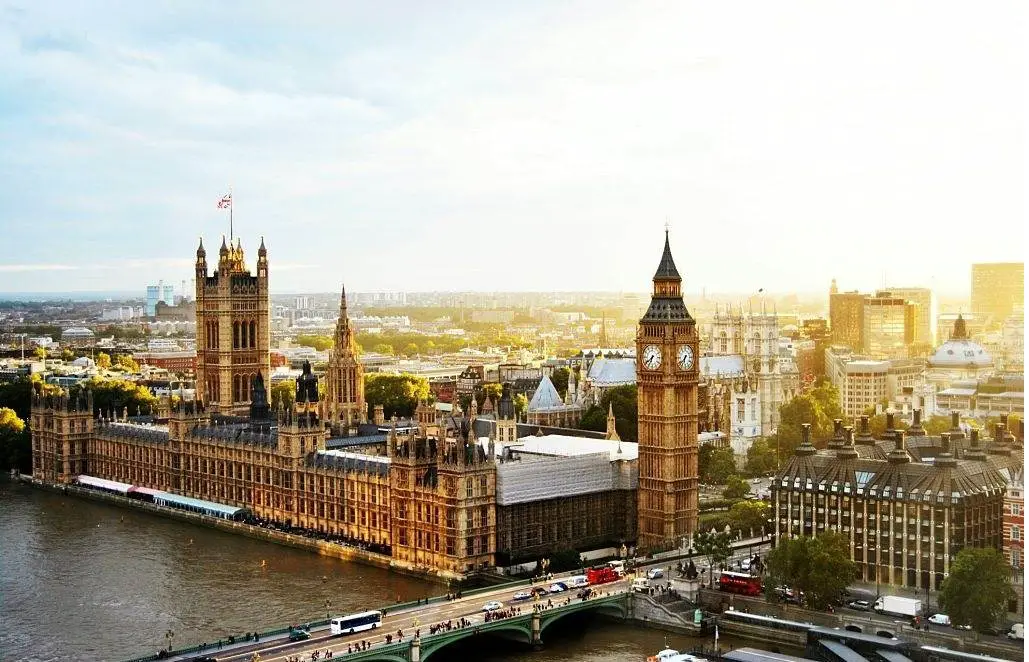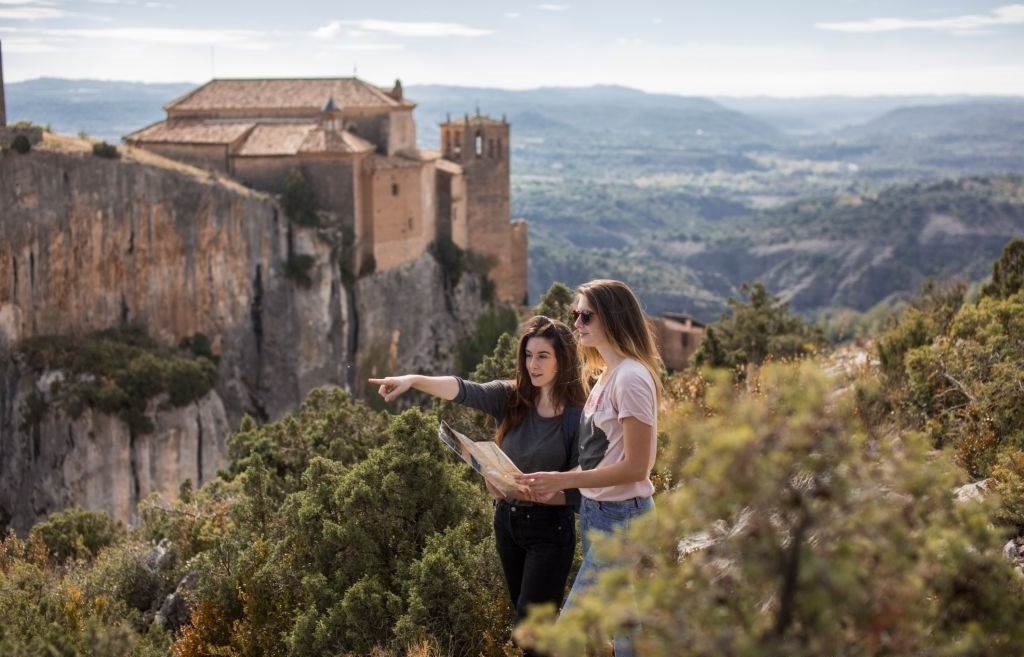Summary
- The Ho Chi Minh Complex in Hanoi honors the life of Vietnam’s revolutionary leader, symbolizing national pride and historical significance.
- Key sites include the Ho Chi Minh Mausoleum, Presidential Palace, stilt house, and the One Pillar Pagoda.
- The complex showcases Vietnam's journey from colonialism to independence and reunification under Ho Chi Minh's leadership.
- It serves as a cultural and political landmark, reflecting the country's socialist roots, unity, and respect for tradition.
- Visitors can explore the complex's museums and exhibits, offering insight into Ho Chi Minh’s contributions and Vietnam’s history.
The Ho Chi Minh Complex is one of Vietnam's most historically and culturally significant landmarks. Located in the heart of Hanoi, this expansive area is dedicated to the life and legacy of Ho Chi Minh, the revolutionary leader and founding father of the Socialist Republic of Vietnam. The complex is a testament to his enduring influence on the country’s modern identity, drawing visitors worldwide who seek to understand the nation's history, culture, and political roots.
This article will explore the Ho Chi Minh Complex in-depth, covering its history, key sites, and role in Vietnam's political and cultural narrative. Whether you are planning a visit or simply interested in learning more, this comprehensive guide will provide you with everything you need to know about this iconic site.
The History of the Ho Chi Minh Complex
The Ho Chi Minh Complex was established after the death of President Ho Chi Minh in 1969. His leadership in the fight for Vietnamese independence from French colonial rule and later his role in the unification of North and South Vietnam have made him a beloved figure. Following his death, the Vietnamese government decided to preserve his memory by creating this monumental site, combining commemoration, education, and national pride.
Initially, the complex consisted of Ho Chi Minh's mausoleum, where his body is embalmed and displayed. Over time, the complex expanded to include several other important structures and sites, each symbolizing a different aspect of Ho Chi Minh's life and contributions to the country.
Key Components of the Ho Chi Minh Complex

The Ho Chi Minh Complex is not a single building but a collection of significant sites. Each location within the complex holds its own unique historical and cultural importance. Here, we explore the key components that make up this vast and intricate area.
1. The Ho Chi Minh Mausoleum
The centerpiece of the Ho Chi Minh Complex is undoubtedly the Ho Chi Minh Mausoleum. This imposing structure, completed in 1975, is where the embalmed body of Ho Chi Minh is displayed for public viewing. The mausoleum symbolizes respect and admiration for the leader who played a pivotal role in the country's struggle for independence.
The mausoleum is built in the style of a traditional Soviet mausoleum, with a large granite structure, a vast courtyard, and a solemn atmosphere. Visitors are required to maintain a respectful demeanor, as the site is considered sacred. The body of Ho Chi Minh is displayed in a glass coffin, surrounded by armed guards who ensure the quiet and dignified atmosphere of the space.
2. The Ho Chi Minh Presidential Palace
Another prominent structure within the complex is the Ho Chi Minh Presidential Palace, which once served as the official residence of the President of North Vietnam. The palace was constructed in 1906 during the French colonial era, and its architecture reflects that period’s grandeur. However, the building gained its historical significance during Ho Chi Minh's presidency.
The palace is not open to the public for overnight stays, but visitors can tour the grounds and explore its fascinating history. The interior is furnished simply yet elegantly, reflecting Ho Chi Minh’s modesty and commitment to leading a life in line with his revolutionary values. The surrounding gardens, filled with ponds and lush greenery, offer a peaceful escape from the bustling city of Hanoi.
3. Ho Chi Minh's Stilt House
Just behind the Presidential Palace is Ho Chi Minh's stilt house, where the leader lived for much of his time as president. The stilt house is a modest, single-story wooden structure built in the traditional style of Vietnam’s ethnic minorities. Ho Chi Minh chose this simple form of accommodation in keeping with his ideals of simplicity and modest living, rejecting the grandeur of the Presidential Palace.
The house is a poignant representation of Ho Chi Minh’s humility and dedication to the people of Vietnam. It has been preserved to reflect the way he lived, with many personal belongings and gifts from admirers displayed inside. Visitors can also stroll through the surrounding gardens and enjoy the tranquil atmosphere that Ho Chi Minh enjoyed during his years in the residence.
4. The One Pillar Pagoda
The One Pillar Pagoda is located near the Ho Chi Minh Mausoleum, a small but historically significant Buddhist temple. The pagoda was originally constructed in 1049 under the Ly Dynasty and has since become a symbol of Hanoi. The pagoda is perched atop a single pillar, which is why it is named as such. The structure is designed to resemble a lotus flower, a symbol of purity in Buddhism.
The One Pillar Pagoda has been restored multiple times over the centuries and remains a place of reverence and worship. It also holds cultural importance as a symbol of Vietnamese resilience and spirituality. While not directly associated with Ho Chi Minh himself, the pagoda is a beloved part of the complex due to its proximity and its cultural significance.
The Significance of the Ho Chi Minh Complex

The Ho Chi Minh Complex is more than just a tourist destination—it is a place of national pride and political importance. For many Vietnamese people, it is a pilgrimage site where they come to pay their respects to the man who dedicated his life to the independence and unity of their country. The complex embodies the values and ideals that Ho Chi Minh espoused throughout his life: independence, unity, and the pursuit of equality.
A Symbol of National Unity
One of the most critical aspects of the Ho Chi Minh Complex is how it represents Vietnam's unification. Ho Chi Minh's leadership was crucial in the struggle to unite the northern and southern regions of the country, which had been divided under French colonial rule and later during the Vietnam War. The complex is a reminder of the country's journey from colonialism to independence and the eventual reunification of North and South Vietnam in 1975.
A Center for Education and Reflection
The Ho Chi Minh Complex also serves as an educational center. Through its museums, exhibits, and displays, visitors can learn more about the life and work of Ho Chi Minh. The complex is designed to honor his memory and provide insight into the broader historical context of Vietnam's struggle for independence. As such, it is a site for both reflection and learning.
A Political and Cultural Landmark
Politically, the Ho Chi Minh Complex is a vital symbol of the country's socialist roots. Ho Chi Minh’s vision for Vietnam was one of equality and self-reliance, ideals that continue to shape today’s political landscape. Culturally, the complex also embodies the Vietnamese people’s deep respect for tradition, history, and the resilience of their nation.
Visiting the Ho Chi Minh Complex: Tips and Practical Information
Visiting the Ho Chi Minh Complex is a must-do for anyone traveling to Hanoi. The site is open daily to the public, although certain hours exist for specific areas of the complex. For example, the Ho Chi Minh Mausoleum is typically open in the mornings, and it is essential to check for any schedule changes due to national holidays or maintenance.
It is important to dress modestly and respectfully when visiting, as the complex is a place of reverence. Visitors are asked to maintain silence while inside the mausoleum and are expected to follow the guards' instructions. Photography is not permitted inside the mausoleum, but there are plenty of opportunities for photos in the surrounding gardens and structures.
Finally, book one of our tailored Vietnam tour packages to enrich your journey, uncover hidden gems, and immerse yourself in this incredible country's stunning landscapes and vibrant culture.
